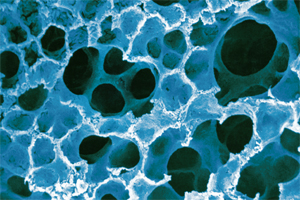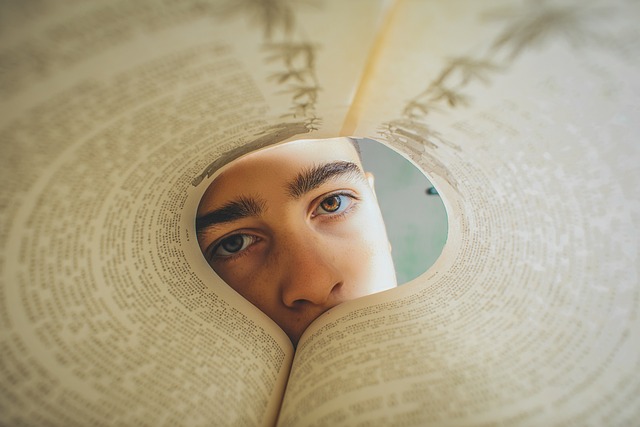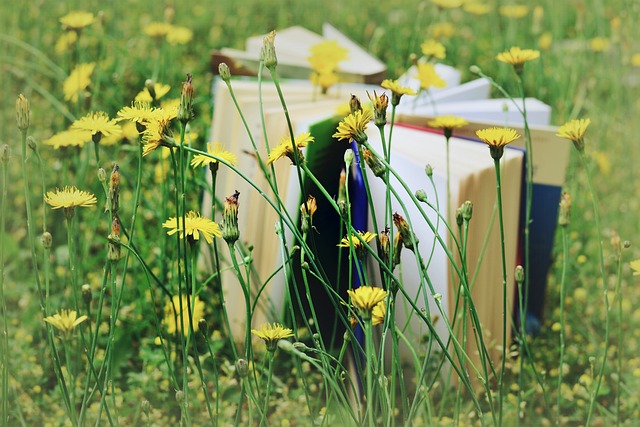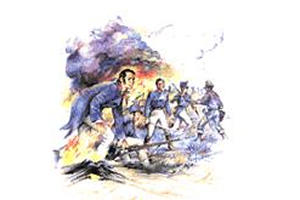The lungs are two organs that have tubes filled with air inside of them. They are located within the thorax, protected by the ribs, on both sides of the heart. Their main function is to get red blood cells oxygen and expel carbon dioxide from the body. This process is known as hematosis.
Each lung is divided into lobes, each weighing in at around 800 grams. The right lung has three lobes (superior, middle and inferior) and the left only has two lobes (superior and inferior).
The left lung only has two lobes because the heart is found slightly to the left of the center of the chest, which takes up some room for the left lung.
Inside the lobes there are many lobules, which are each connected to a bronchiole. These in turn are split into cavities known as pulmonary vessels.
The alveoli are formed here; small and elastic pouches whose main function is producing the exchange between oxygen and carbon dioxide.
On the inner surface of each alveolus there are blood cells known as macrophages, which are in charge of eating-up and destroying irritating substances that come in along with air, such as bacteria and dust particles, among others.








 Sorpresa de Yerbas Buenas
Sorpresa de Yerbas Buenas